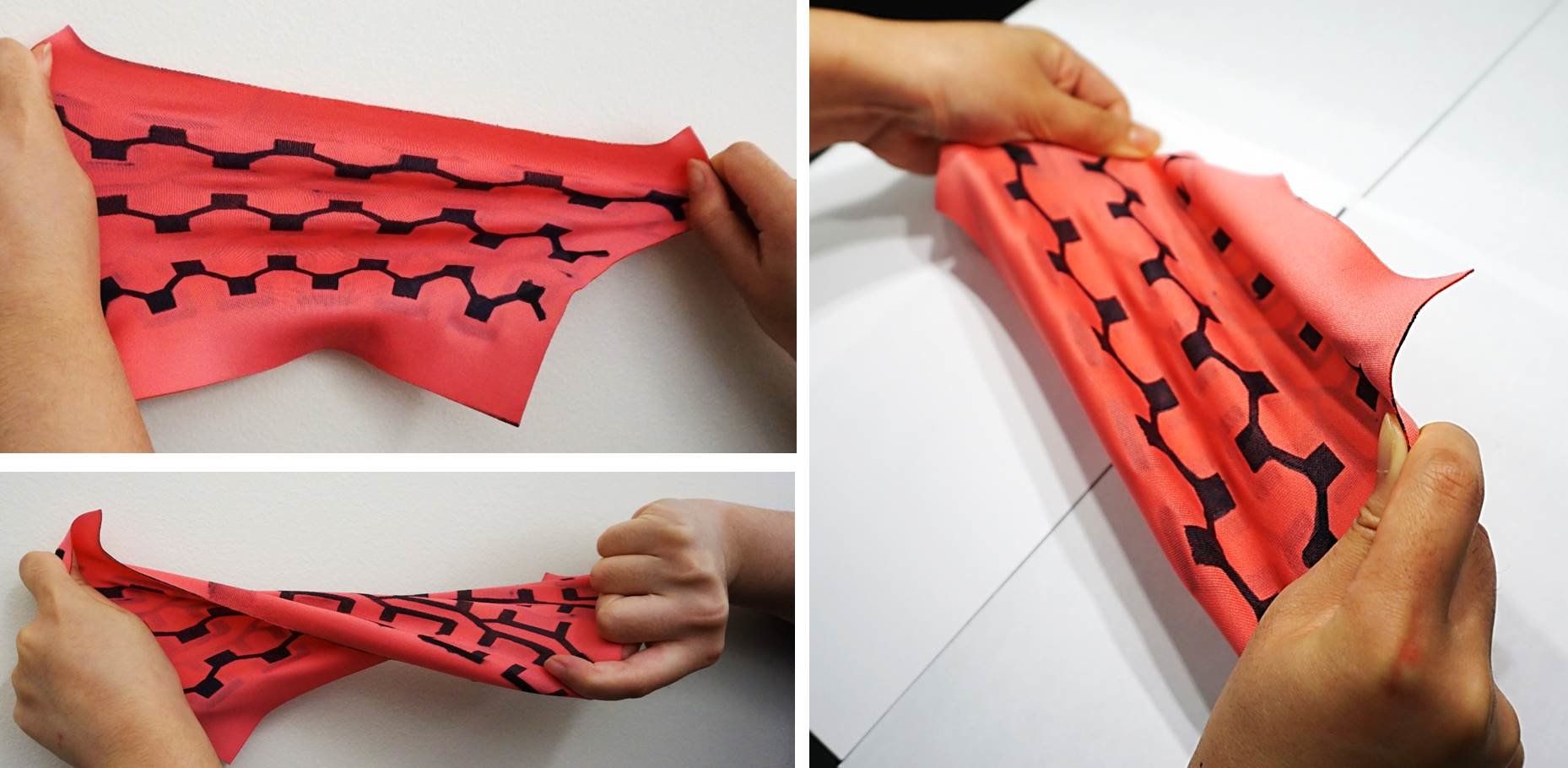Scientists have developed new 3D-printed plastic objects that can hook up to Wi-Fi without the aid of any electronics or batteries, meaning household devices could get a lot smarter in the future without the need for any circuitry.
If that’s not blowing your mind just yet, think about this: the tech could be used to make a laundry bottle that orders a refill online as soon as it runs out, or a simple volume slider that connects to your speakers without any cabling or even a power source.
So how is this possible? To achieve this, a team from the University of Washington built a system comprising a plastic switch, spring, gear, and antenna, which when activated with a press or other movement can absorb or reflect passing Wi-Fi signals in order to communicate.






